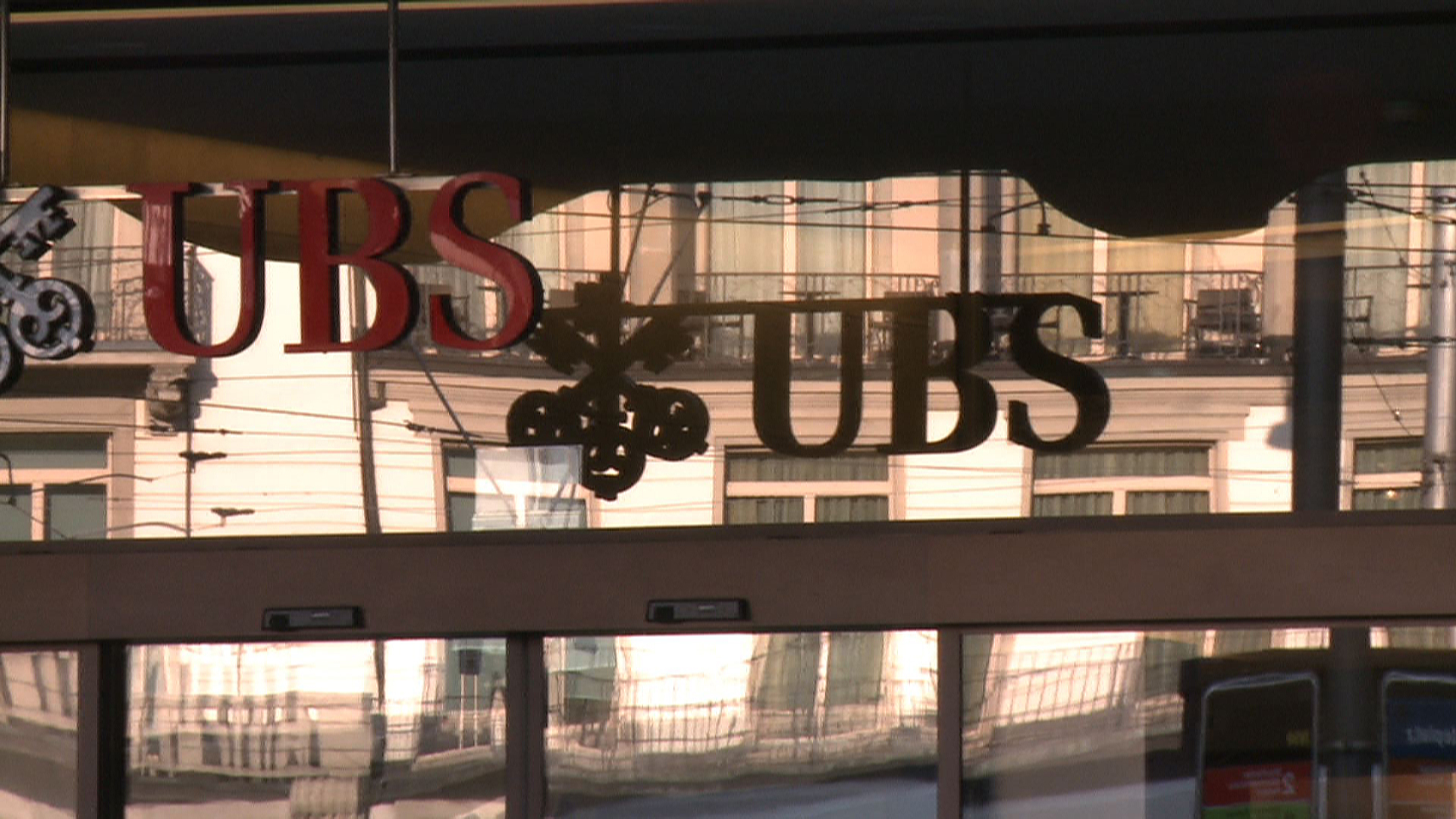Banks perilously exposed to market downturn

Swiss banks are inadequately prepared to weather worsening economic conditions in Europe or a domestic real estate market shock, according to a health check report from the country’s central bank.
The two big banks, UBS and particularly Credit Suisse, should speed up the process of cutting risk and build up more secure capital buffers. And smaller institutions continue to dip their fingers too deeply into the home mortgage market despite previous warnings.
The Swiss National Bank’s (SNB) annual financial stability report, issued on Thursday, has fired several warning shots over the bows of banks, both large and small, as storm clouds gather again over the European economy.
It outlines the effects on financial institutions of two possible scenarios. The “most likely” situation points to an eventual solution of the European sovereign debt problems and gradual economic growth, while the other predicts an escalation of the eurozone crisis, a banking and stock market slump and rising defaults on loans.
The two big banks have not made enough progress towards meeting new regulatory requirements, leaving them seriously exposed to the worst case scenario, the SNB states.
Overheating housing market
Credit Suisse comes in for particular criticism for dragging its feet over new rules designed to cushion it against future financial shocks.
“The capitalisation of both big banks – in particular Credit Suisse – is below average in international comparison,” the report reads. “Their loss absorbing capital is still below the level needed to ensure sufficient resilience, given the risks in the environment.”
UBS responded by saying that “a number of these criticisms cannot be justified”.
The bank defended its conversion to the new regulatory environment by claiming that it had the most robust capital buffer, among the lowest amounts of risky assets and the most transparent reporting of any international peer.
In addition, UBS said that its financial resilience was above average even under the Basel III requirements and warned the SNB against comparing figures with other banks that supplied different data.
Even if the European economic and financial situation improves, some Swiss banks may still not be out of the mire after loading their books with domestic mortgage loans in the last year, according to the SNB report.
The two big banks currently hold SFr241 billion ($250 billion) of domestic mortgage debt on their books, with half of this amount covering property in regions such as Zurich and Geneva where house prices are dangerously overheating.
But the biggest concern for the SNB is the SFr540 billion ($560 billion) held by smaller domestic banks – an increase in mortgage lending of 6.5 per cent last year.
Warnings not heeded
Some 40 per cent of households would struggle to repay that debt if interest rates – currently at rock bottom – rise to five per cent. In addition, a property price crash would devalue the underlying assets shoring up these loans, thus depleting banks’ balance sheets.
But the biggest problem for smaller banks is their over-reliance on mortgage loans for revenue. Mortgages make up 70 per cent of their business and 90 per cent of all types of loans on their books.
“A decline in real estate prices to the extent experienced in the 1990s – triggered, for example, by an increase in interest rates – would result in substantial losses for domestically focused banks,” the SNB report read.
The central bank welcomed the imminent introduction of tighter rules aimed at reducing risk in the mortgage market. But the SNB also noted that measures introduced last year to cool the market had failed to have much effect.
Exchange rate floor remains
Speaking at a press conference on Thursday, SNB chairman Thomas Jordan also reiterated the central bank’s commitment to maintaining the SFr1.20 exchange rate floor against the euro.
Put in place last September to prevent the franc from appreciating further against the currency of Switzerland’s largest trading partner, the peg has been credited with restoring some confidence in the Swiss export sector.
But an escalation of the eurozone crisis in May and an increased flow of assets to the safe haven franc, forced the SNB to intervene in the money markets to defend its policy.
The central bank increased its foreign reserves by SFr66 billion in just one month as the pressure on the franc lifted sharply.
“Another appreciation of the Swiss franc would constitute a very substantial threat to the Swiss economy and the risk of deflationary developments coming about,” Jordan said on Thursday.
“Consequently, we will continue to enforce the minimum exchange rate with the utmost determination and will buy foreign currency in unlimited quantities for this purpose.”
Interest rates would remain at virtually zero for the time being, Jordan added.
However, Jordan poured cold water on growing calls for SNB reserves to be put to use in the shape of a sovereign wealth fund that could be invested abroad.
Jordan pointed out that most reserves were not liquid enough and warned that such a fund could undermine the independence of the central bank by restricting the SNB’s ability to dispose of reserves in order to meet monetary policy objectives.
Finance Minister Eveline Widmer-Schlumpf on Thursday reiterated the government’s support for the SNB’s monetary policy.
The SNB’s Financial Stability Report 2012 highlights several key figures that give cause for concern.
The worsening European economic situation since May of this year has increased the central bank’s nervousness about a possible further deterioration in conditions.
While Swiss banks do little business with the worst debt-laden EU countries, the SNB is worried that a deepening of the crisis could spread to other economies and destabilise the European financial sector.
In such circumstances, banks could expect to see the size of their assets shrink and the rate of defaults on all types of loans increase.
Under Basel III regulations, the tier 1 capital ratios (ratio of loss absorbing capital to risky assets) of both banks is currently below the international standard.
At the end of March, Credit Suisse had a ratio of 5.9% and UBS 7.5%, according to SNB calculations.
Both banks are expected to increase their new improved capital buffers to cover 13% of risky assets by the start of 2019.
During the last financial crisis, UBS posted losses equivalent to 3% of its net balance sheet (measured as net assets remaining after the bank’s liabilities are stripped out).
By the end of March, Credit Suisse had sufficient a capital buffer to absorb a balance sheet loss of 1.7% and UBS could cope with losing 2.7%.
Both banks together hold SFr241 billion in outstanding mortgage loans (an increase of 2.8% on the same period in 2010).
Given the diversification of their business, the SNB does not view either bank to be over-exposed to a real estate dip in Switzerland.
Smaller domestic banks between then increased their mortgage loan books by 6.5% to SFr540 billion. A full SFr216 billion would be susceptible to defaults if interest rates rise to 5%.

In compliance with the JTI standards
More: SWI swissinfo.ch certified by the Journalism Trust Initiative






You can find an overview of ongoing debates with our journalists here. Please join us!
If you want to start a conversation about a topic raised in this article or want to report factual errors, email us at english@swissinfo.ch.